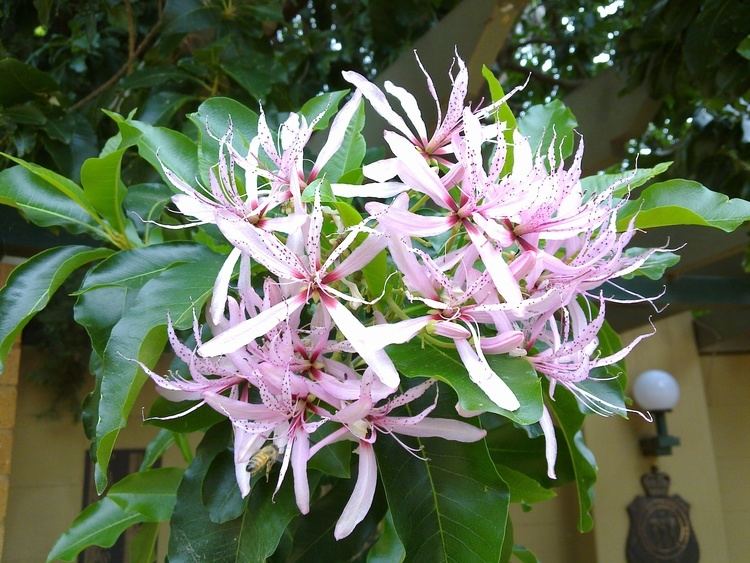Rank Species | Genus Calodendrum Higher classification Calodendrum | |
Similar Calodendrum, Erythrina lysistemon, Rutaceae, Harpephyllum, Vachellia xanthophloea | ||
Calodendrum capense seed pods cape chestnut tree hd 04
Calodendrum capense (Cape Chestnut) is an African tree which was first studied at The Cape in South Africa and cultivated widely for its prolific flower display. It is native to a swath of the east side of the continent from the equatorial highlands of Kenya at its northern limit southwards through isolated mountains in Tanzania to both sides of Lake Malawi, the Mashonaland Plateau and Eastern Highlands of Zimbabwe, and then along the lower slopes of the Drakensberg Mountains of South Africa and in coastal forests from Port Elizabeth to Cape Town.
Contents
- Calodendrum capense seed pods cape chestnut tree hd 04
- Calodendrum capense cape chestnut tree hd 02
- References
The tree can reach 20 metres high in a forest, but in cultivation it is more likely to reach 10 metres, with a spreading canopy. The trunk is smooth and grey and the leaves are ovate up to 22 cm long and 10 cm wide. The large pink flowers are produced in terminal panicles and cover the tree canopy in the early summer.

The tree obtained the common name of "Cape Chestnut" because explorer William Burchell saw a resemblance to Horse Chestnut in terms of flowers and fruits, however it is not closely related.
The Cape Chestnut oil, otherwise known as Yangu oil, is a popular oil in African skin care. Its inherent ultraviolet protection, its high content of essential fatty acids and antioxidants and its mild odour destined it for natural cosmetics.
